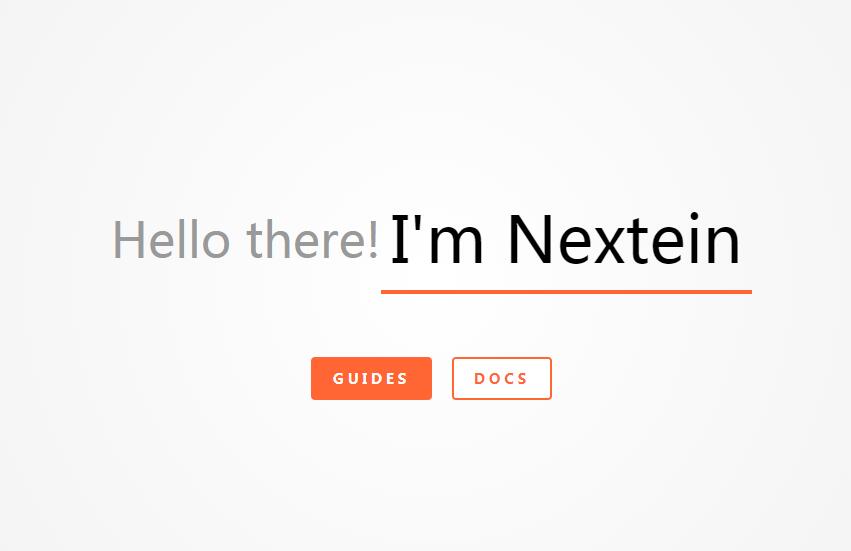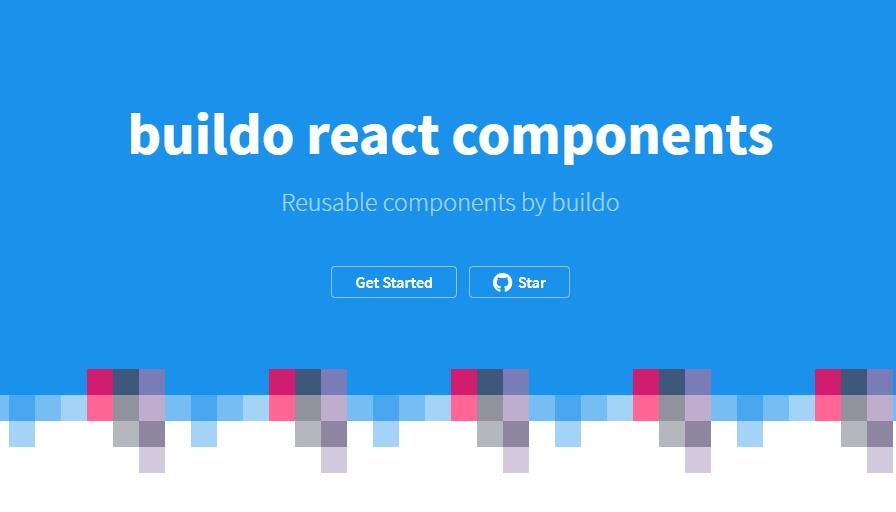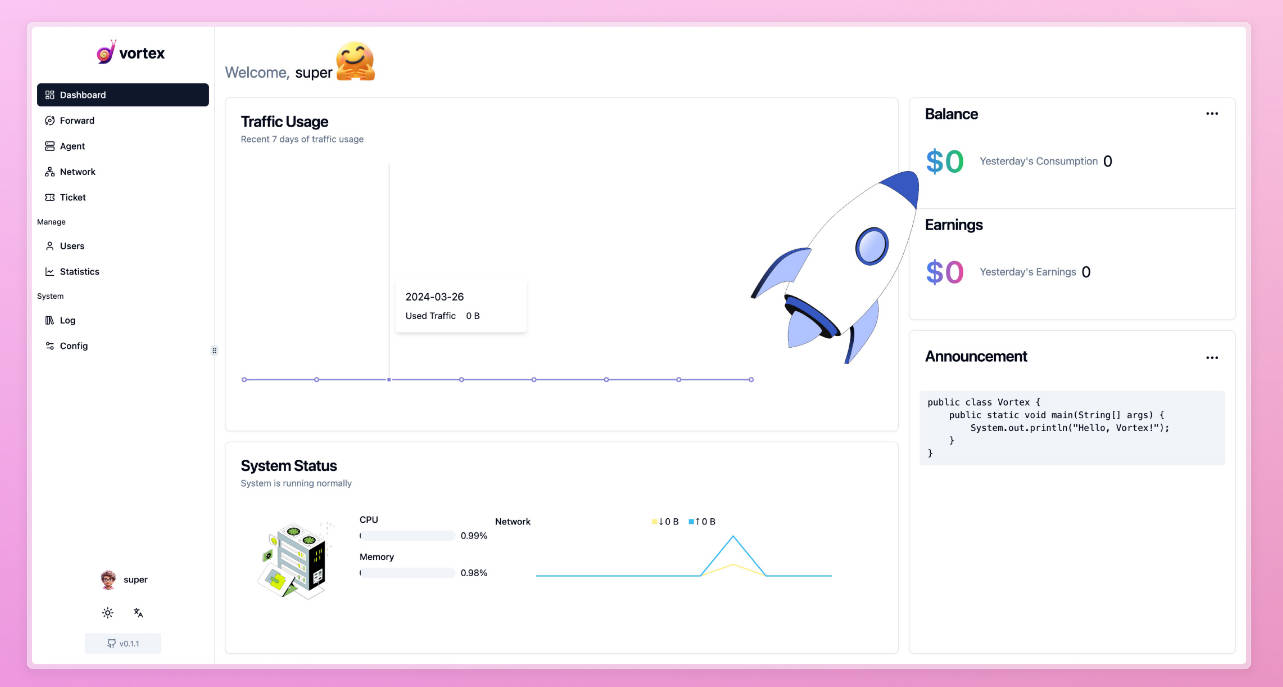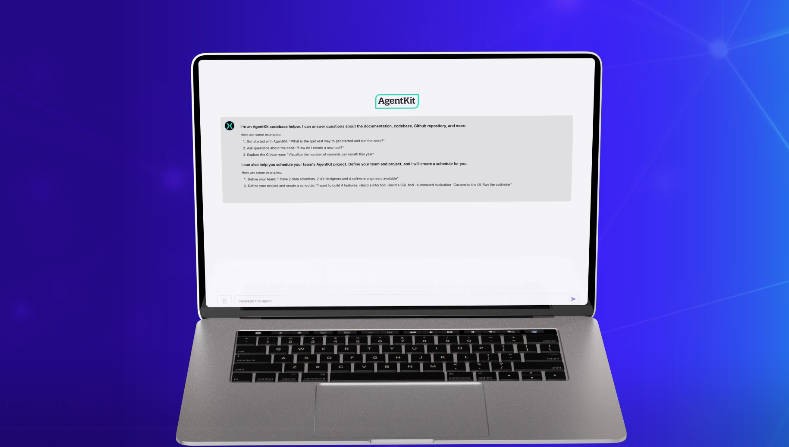nextein
A static site generator with markdown + react for Next.js.
What is it?
nextein is a wrapper around next.js that allows you to write static sites using markdown and react.
Requirements
NodeJS v8.x+ is required to run nextein commands.
Starter Kit
If you want to jump into a starter project check nextein-starter
Getting Started
There are a few steps you have to follow to get your site up and running with nextein
-
Create a project:
mkdir my-sitecd my-sitenpm init -y
-
Install Dependencies
npm i nextein next react react-dom
-
Add a
next.config.jsconfig fileconst nexteinConfig = require('nextein/config').default module.exports = nexteinConfig({ }) -
Create
pages/index.jsimport React from 'react' import withPosts from 'nextein/posts' import { Content } from 'nextein/post' export default withPosts( ({ posts }) => { return ( <section> { posts.map(post => <Content {...post} />) } </section> ) }) -
Create a
markdownpost entry underpostsfolder (posts/my-first-post.md)--- title: First Post category: post --- This is the first paragraph and it will be used as an excerpt when loaded in a `<Content excerpt />` tag. This paragraph should *not* appear in that list. -
Add npm scripts to run dev mode to your
package.json"scripts": { "dev": "nextein" } -
Run the development server
npm run dev- open http://localhost:3000
-
Add another npm script to your
package.jsonto export the site"scripts": { "dev": "nextein", "export": "nextein build && nextein export" }
Example
See nextein-example for a working example
Documentation
withPosts
HOC for /pages components that renders a list of posts. It makes the post list available thru the posts property.
import withPosts from 'nextein/posts'
export default withPosts( ({ posts }) => { /* render your posts here */ } )
inCategory(category, options)
Filter function to be applied to posts to retrieve posts in a given category.
category:{String}The category to filter results.options:{Object}OptionalincludeSubCategories:Booleantrue to include posts in sub categories. Default:false
Categories are resolved by the folder structure by default. This means that a post located at posts/categoryA/subOne will have a category categoryA/subOne unless you specify the category name in frontmatter.
import withPosts, { inCategory } from 'nextein/posts'
export default withPosts( ({ posts }) => {
const homePosts = posts.filter(inCategory('home'))
/* render your homePosts here */
} )
If you want to retrieve all posts under a certain category, let's say categoryA which will include all those under subOne, use the options includeSubCategories: true.
import withPosts, { inCategory } from 'nextein/posts'
export default withPosts( ({ posts }) => {
const categoryAPosts = posts
.filter(inCategory('categoryA', { includeSubCategories: true }))
/* render your categoryAPostsmePosts here */
} )
withPostsFilterBy(filter)
Returns an HOC that gets all posts filtered out by the given filter function. This can be used in conjunction with inCategory to get only the desired posts in a certain category.
import { withPostsFilterBy, inCategory } from 'nextein/posts'
const withCategoryAPosts = withPostsFilterBy(inCategory('categoryA'))
export default withCategoryAPosts(({ posts }) => {
/* render your posts here */
})
sortByDate
Sort function to be applied to posts to sort by date (newest on top). This requires the post contains a date in frontmatter or in the file name (ala jekyll)
import withPosts, { sortByDate } from 'nextein/posts'
export default withPosts( ({ posts }) => {
posts.sort(sortByDate)
/* render your posts here */
} )
withPost
HOC for /pages components that renders a single post. It makes the post available thru the post property.
import withPost from 'nextein/post'
export default withPost( ({ post }) => { /* render your post here */ } )
Content
Component to render a post object. This component receives the content from the post as a property.
Use the excerpt property to only render the first paragraph (this is useful when rendering a list of posts).
content:{Object}Markdown content in HAST format to be render. This is provided bypost.contentexcerpt:{Boolean}true to only render the first paragraph. Optional. Default:falserenderers:{Object}A set of custom renderers for Markdown elements with the form of[tagName]: renderer.prefix:{String}Prefix to use for the generated React elements. Optional. Default:'entry-'
import withPost, { Content } from 'nextein/post'
export default withPost( ({ post }) => { return (<Content {...post} />) } )
Using the excerpt property
import withPosts, {inCategory} from 'nextein/posts'
export default withPosts( ({ posts }) => {
const homePosts = posts.filter(inCategory('home'))
return (
<section>
{
homePosts.map( (post, idx) => <Content key={idx} {...post} excerpt/> )
}
</section>
)
} )
Using renderers to change/style the <p> tag
export default withPost( ({ post }) => {
return (
<Content {...post}
renderers={{
p: Paragraph
}}
/>
)
} )
const Paragraph = ({ children }) => (<p style={{padding:10, background: 'silver'}}> { children } </p> )
Link
You can use nextein/link instead with the exact same parameters as next/link. This component wraps the next/link one to simplify creating a Link for a given post object. next/link will work out of the box.
When passing a post.data.url to href it will generate the underlying next/link with the post information.
data:{Object}Post frontmatter object. This is provided bypost.data
import withPosts from 'nextein/posts'
import Link from 'nextein/link'
export default withPosts( ({ posts }) => (
<section>
{
posts.map( (post, idx) => {
return (
<div>
<h1>{post.data.title}</h1>
<Content key={idx} {...post} excerpt/>
<Link {...post}><a>Read More...</a></Link>
</div>
)
})
}
</section>
))
post
datais the frontmatter object containig the post meta information (title, page, category, etc)data.urlis the generated url for the postdata.categoryis the post's category. When not specified, if the post is inside a folder, the directory structure underpostswill be used.data.date: JSON date from frontmatter's date or date in file name or file creation date
rawis markdown content of the postcontentis a HAST representation of post content
{ data, raw } = post
frontmatter
There are only a few defined properties in the frontmatter metadata that is used by nextein
---
page: my-awesome-post
category: categoryOne
date: 2017-06-23
---
Post Content...
page: the component under/pagesthat will be used to render the post (default topostwhich reads/pages/postcomponent) Note: If you have an entry that should not be rendered by its own page (such as a part of an index file only) usepage: falseto avoid generating the url and exporting entry.category: the category name (optional)date: date string in YYYY-MM-DD format. Used to sort posts list. (optional)published: Set tofalseto remove this post from entries.permalink: Set the url using any parameter in the frontmatter object. Default value/:category?/:name. The?means the parameter will be optional.name: Read Only The post file name. Date is removed from name if present.url: Read Only The post url.
nexteinConfig
A wrapper configuration function to be applied into the next.config.js. It provides a way to add your own next.js config along with nextein internal next.js config.
next.config.js
const nexteinConfig = require('nextein/config').default
module.exports = nexteinConfig({
// Your own next.js config here
})





